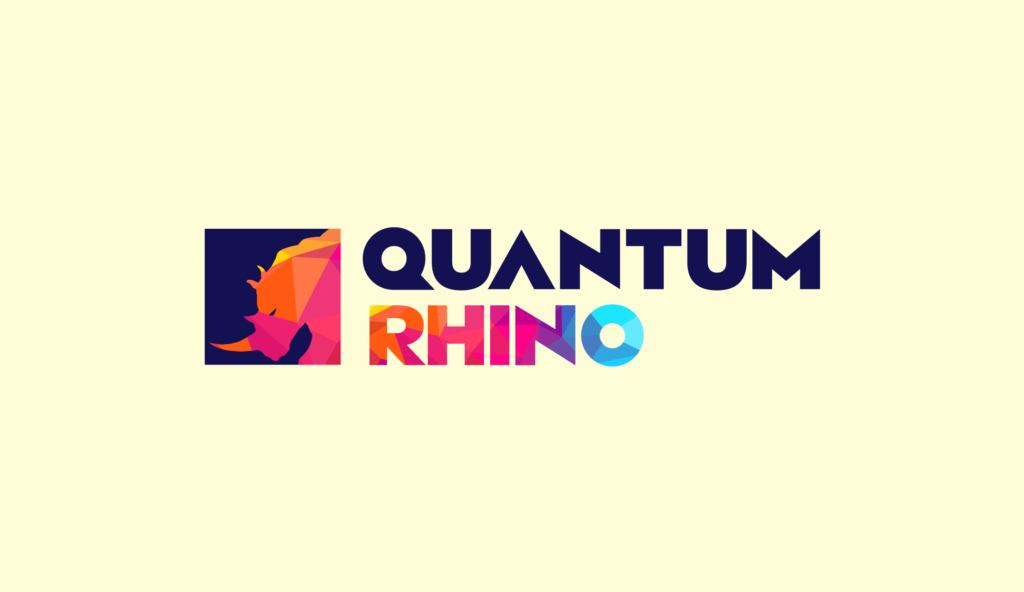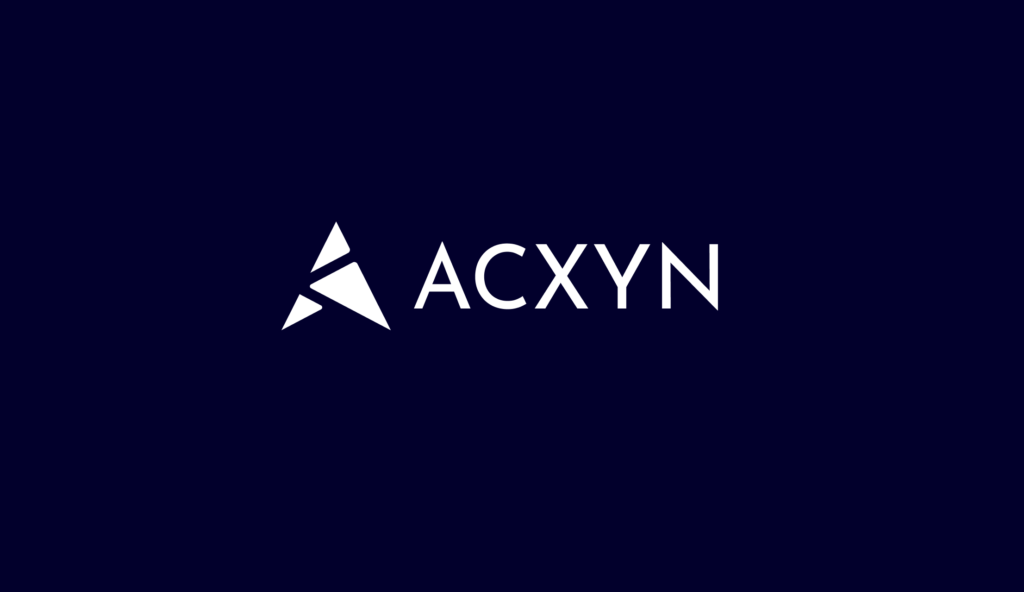Welcome to the world of blockchain and NFT development! If you’re new to these concepts, you might find them a bit overwhelming at first. But don’t worry—I’m here to break it down for you in a simple, engaging way. In this post, we’ll explore what blockchain technology is, how it works, and why it’s revolutionizing the digital world, especially in the realm of NFTs (non-fungible tokens).
What is Blockchain?
Blockchain technology is like a digital ledger that keeps track of transactions in a secure, transparent, and decentralized manner. Imagine a book where you record all your transactions. Now, imagine this book is not kept by you alone but is distributed across a network of computers. Each page in this book is a block, and these blocks are linked together in a chain—hence the name, blockchain.
The beauty of blockchain lies in its transparency and security. Once a transaction is recorded in a block, it cannot be altered. This immutability ensures that the data is trustworthy and tamper-proof. It’s a system that’s changing how we think about data security and transparency.
The Birth of Blockchain and Its Evolution
Blockchain technology was first conceptualized by an anonymous person (or group) known as Satoshi Nakamoto in 2008. It was originally created to support Bitcoin, the first cryptocurrency. However, the potential applications of blockchain technology extend far beyond cryptocurrencies.
Over the years, blockchain has evolved to support various applications, from financial services and supply chain management to healthcare and real estate. One of the most exciting developments in recent years has been the rise of NFTs, which bring blockchain into the realm of digital assets and collectibles.
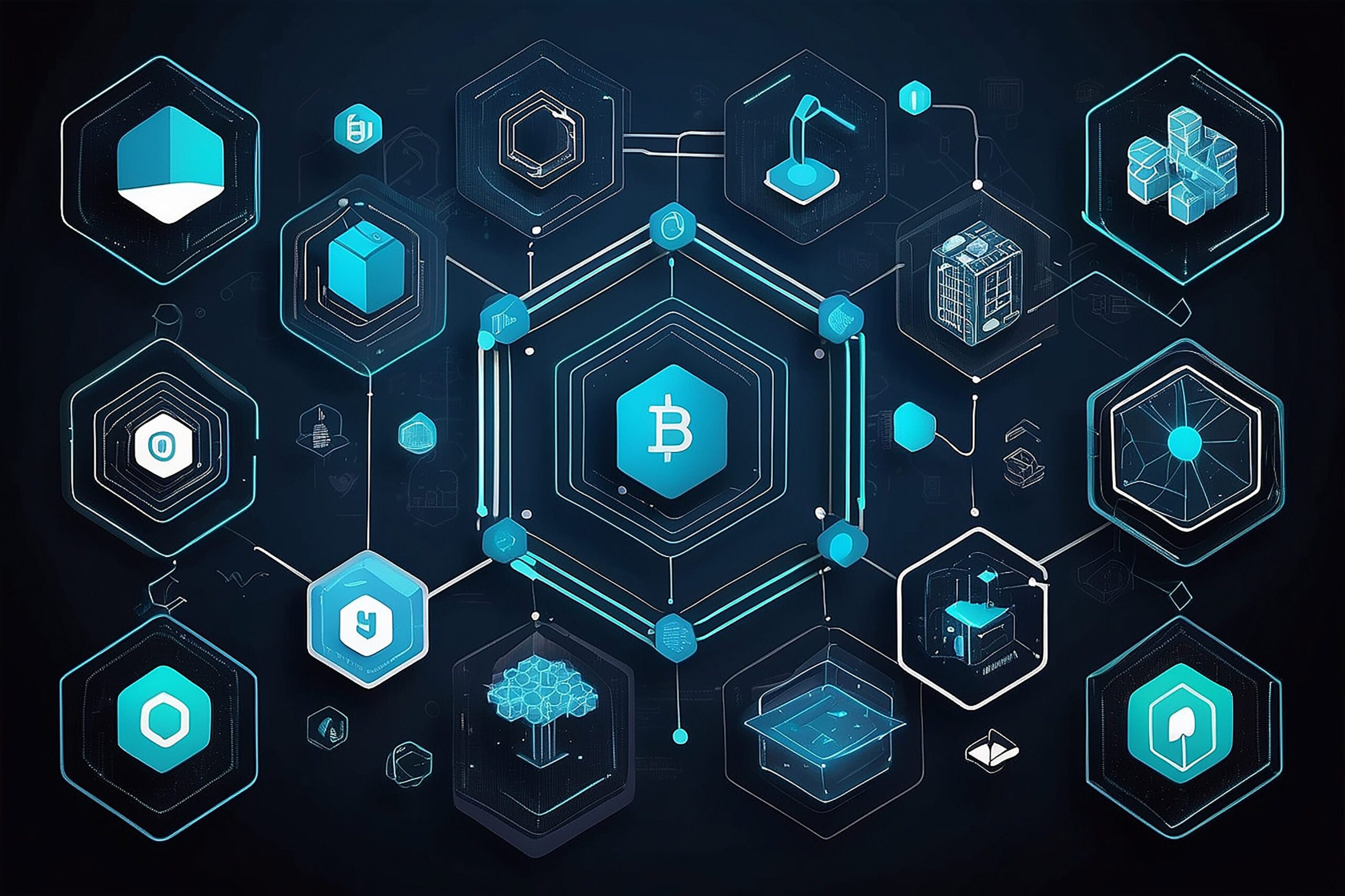
How Does Blockchain Work?
To understand how blockchain works, let’s break it down into its core components:
- Blocks and Chains: Each block contains a list of transactions. Once a block is filled with transactions, it is added to the chain of previous blocks.
- Cryptographic Hash Functions: Each block has a unique code called a hash, which is created by a cryptographic hash function. This hash ensures the integrity of the block.
- Consensus Mechanisms: To add a new block to the chain, the network must agree on its validity. This agreement is achieved through consensus mechanisms like Proof of Work (PoW) and Proof of Stake (PoS).
- Nodes and Network: The blockchain is maintained by a network of nodes, which are computers that validate and record transactions. Each node has a copy of the entire blockchain, ensuring transparency and security.
Types of Blockchains
There are several types of blockchains, each with its own characteristics and use cases:
- Public Blockchains: These are open to everyone and are highly decentralized. Bitcoin and Ethereum are examples of public blockchains.
- Private Blockchains: These are restricted to a specific group of participants and are more centralized. They are often used by businesses for internal processes.
- Consortium Blockchains: These are controlled by a group of organizations rather than a single entity. They offer a balance between decentralization and control.
- Hybrid Blockchains: These combine elements of both public and private blockchains to offer flexibility and security.

Applications of Blockchain Technology
Blockchain technology has a wide range of applications across various industries:
- Financial Services: Beyond cryptocurrencies, blockchain is used for cross-border payments, smart contracts, and fraud detection.
- Supply Chain Management: Blockchain ensures transparency and traceability in the supply chain, from production to delivery.
- Healthcare: Blockchain secures patient records and ensures data privacy and integrity.
- Voting Systems: Blockchain can be used to create secure and transparent voting systems, reducing the risk of fraud.
- Real Estate: Blockchain simplifies property transactions by providing a transparent and tamper-proof record of ownership.
The Rise of NFTs
NFTs, or non-fungible tokens, are unique digital assets that represent ownership of a specific item or piece of content, such as digital art, music, or virtual real estate. Unlike cryptocurrencies, which are fungible and can be exchanged on a one-to-one basis, NFTs are unique and cannot be exchanged on a like-for-like basis.
The rise of NFTs has opened up new opportunities for creators and collectors alike. Artists can now tokenize their work and sell it directly to collectors, bypassing traditional intermediaries. Collectors, on the other hand, can own a piece of digital art that is verifiably scarce and unique.
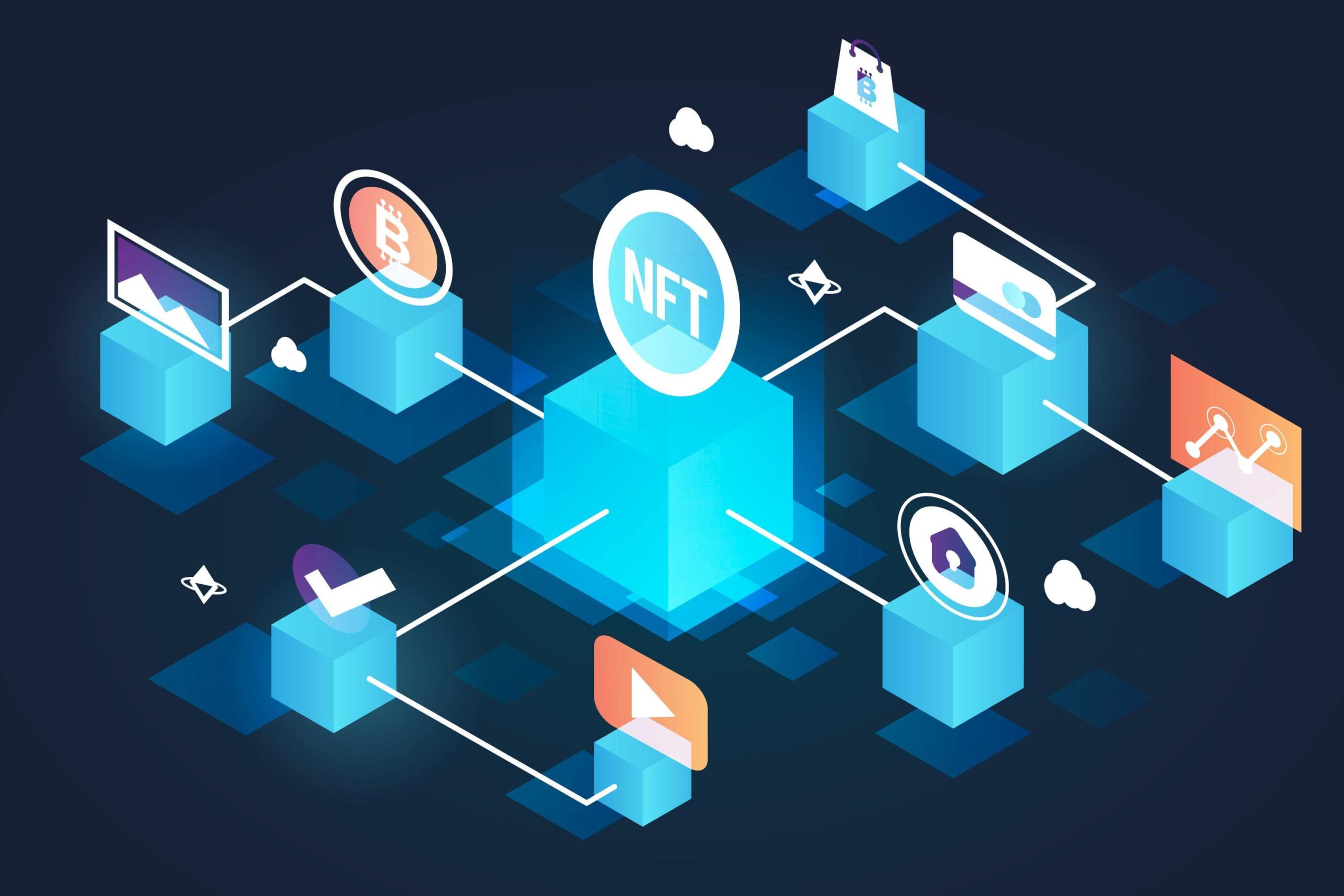
The Role of Blockchain in NFT Development
Blockchain plays a crucial role in NFT development by providing the infrastructure for creating, buying, and selling NFTs. The transparency and security of blockchain technology ensure that each NFT is unique and that its ownership is verifiable.
There are various aspects of NFT development, including NFT software development, NFT blockchain development, and NFT smart contract development. Each of these areas requires specialized skills and knowledge.
- NFT Software Development: This involves creating the platforms and applications that support NFTs. These platforms allow users to create, buy, sell, and trade NFTs.
- NFT Blockchain Development: This involves building the underlying blockchain infrastructure that supports NFTs. Ethereum is currently the most popular blockchain for NFTs, but other blockchains like Binance Smart Chain and Solana are also gaining traction.
- NFT Smart Contract Development: Smart contracts are self-executing contracts with the terms of the agreement directly written into code. They are used to create and manage NFTs, ensuring that each transaction is secure and transparent.
Popular NFT Platforms & Marketplaces
There are numerous platforms and marketplaces where you can create, buy, and sell NFTs. Some of the most popular ones include:
- OpenSea: The largest NFT marketplace, offering a wide range of digital assets, including art, music, and virtual real estate.
- Rarible: A decentralized marketplace that allows users to create, buy, and sell NFTs.
- SuperRare: A marketplace for unique, single-edition digital artworks.
- Foundation: A platform for artists and collectors to create and trade NFTs.
- Animoca Bayc and Animoca NFT Games: Animoca Brands is a company that develops and publishes a wide range of blockchain-based games and digital entertainment products. They are known for their involvement in popular NFT projects like BAYC (Bored Ape Yacht Club) and various NFT games.
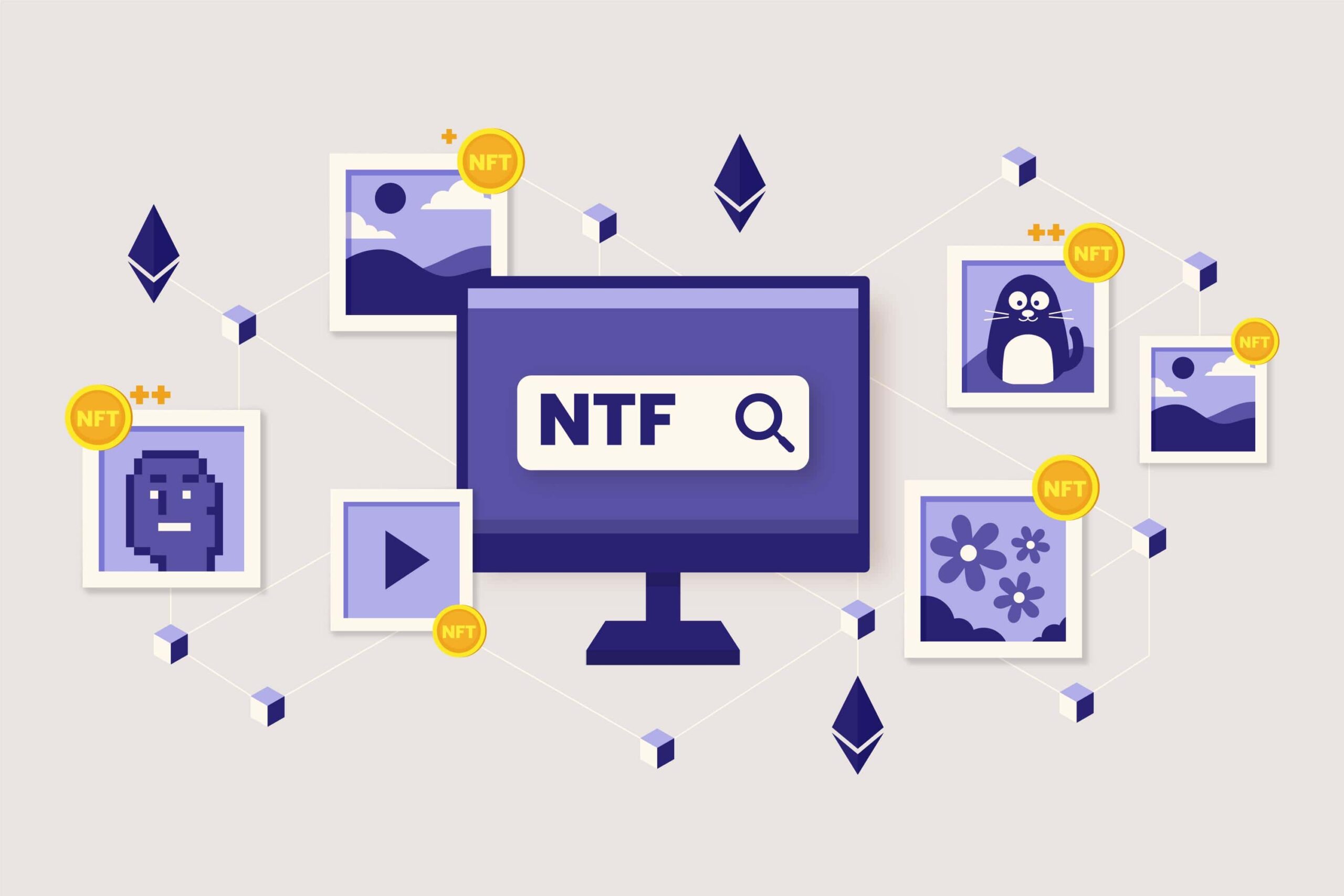
Avalanche NFT Marketplace Development
Avalanche is another blockchain that is gaining popularity for NFT development. The Avalanche NFT marketplace development focuses on creating decentralized marketplaces on the Avalanche blockchain. This platform offers high throughput and low transaction fees, making it an attractive option for NFT developers and users.
Conclusion
Blockchain technology is a game-changer, offering unprecedented levels of security, transparency, and efficiency. Its applications are vast and varied, and its potential is only beginning to be realized. In the realm of NFTs, blockchain is enabling a new era of digital ownership and creativity.
Whether you’re interested in NFT development services, exploring NFT software development, or delving into NFT blockchain development, there’s a world of opportunities waiting for you. From creating unique digital art to building decentralized marketplaces, blockchain and NFT development are opening up new possibilities for innovation and creativity.
As we move forward, it’s essential to stay informed and keep exploring the potential of blockchain and NFTs. Who knows what exciting developments the future holds? One thing is for sure: blockchain and NFTs are here to stay, and their impact will only continue to grow.
For more insights on technology and innovation, visit TheBrandWick.

